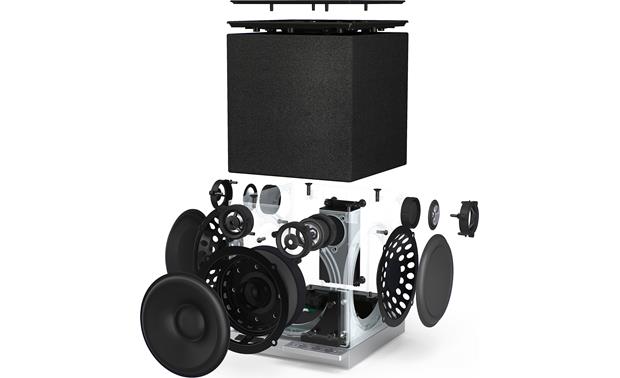Recently read the comments, briefly, on the Stereophile review of a very interesting speaker. I say it’s interesting because the designers put together two brands I really like together: Mundorf and Scanspeak. I use the same brands in my living room and love the results.
Unfortunately, using off-the-shelf drivers, no matter how well performing, immediately gets arm chair speaker critics, who can’t actually build speakers themselves, and wouldn’t like it if they could, trying to evaluate the speaker based on parts.
First, these critics are 100% never actually going to make a pair of speakers. They only buy name brands. Next, they don’t get how expensive it is to run a retail business.
A speaker maker has to sell a pair of speakers for at least 10x what the drivers cost. I’m sorry but the math of getting a speaker out the door, and getting a retailer to make space for it, plus service overhead, yada yada, means you simply cannot sell a speaker for parts cost. Same for everything on earth.
The last mistake, and this is a doozy, is that the same critics who insist on only custom, in-house drivers, are paying for even cheaper drivers!
I hope you are all sitting down, but big speaker brand names who make their drivers 100% in house sell the speakers for 20x or more of the actual driver cost.
Why do these same speaker snobs keep their mouth shut about name brands but try to take apart small time, efficient builders? Because they can. The biggest advantage that in-house drivers gives you is that the riff raft ( this is a joke on an old A'gon post which misspelled riff raff) stays silent. If you are sitting there pricing speakers out on parts cost, shut up and build something, then go sell it.



